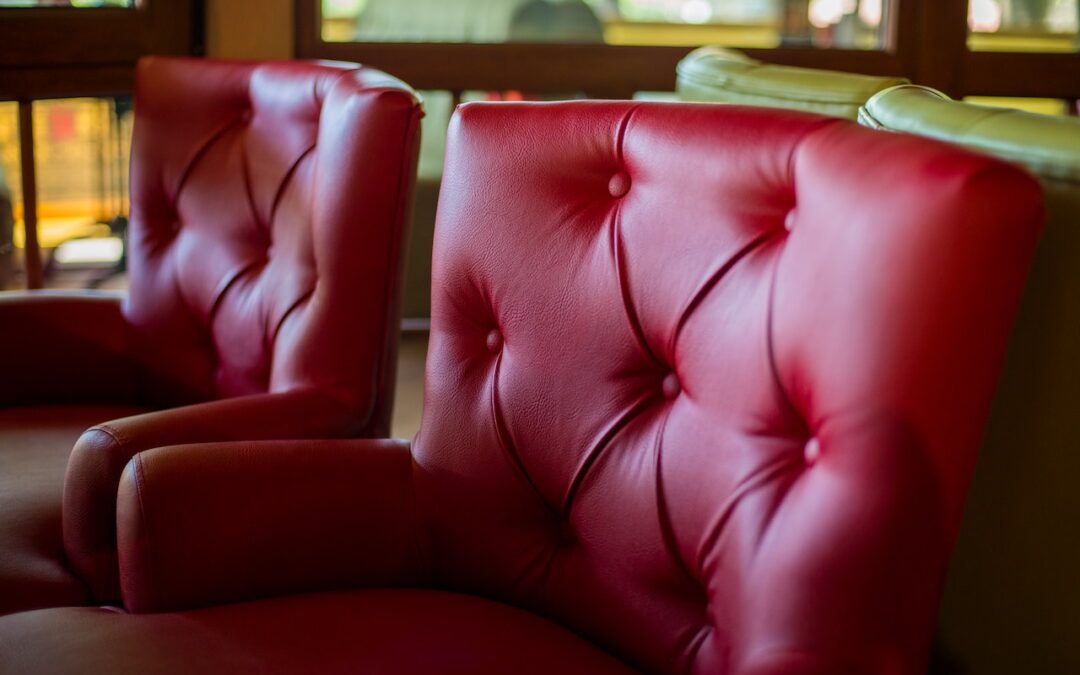Our homes are our sanctuaries, where we spend quality time with family and friends, relax, and recharge for daily life. The upholstered furniture that graces our living spaces is a significant component that contributes to our comfort. Sofas, armchairs, and other cozy furnishings invite us to unwind and enjoy our time at home. However, over time, even the most well-cared-for upholstery can show signs of wear and tear, accumulate dust and dirt, and develop stains and odors. To maintain the comfort, appearance, and longevity of your upholstered furniture, following proper cleaning and maintenance practices is essential.
In this comprehensive guide, we’ll explore the crucial steps towards maintaining your home’s upholstery and keeping it looking and smelling like new for years to come. We’ll dive into everyday maintenance tips that can help prevent excessive wear and the accumulation of dirt, allergens, and odors. Additionally, we’ll discuss how to spot-treat stains and spills to minimize their impact on your furniture’s appearance and functionality.
So, let’s dive into the world of upholstery maintenance and learn how to preserve the beauty, comfort, and durability of your home’s furnishings for the long haul!
Everyday Maintenance: Upholstery Care Starts Here
There are simple everyday maintenance steps to follow to ensure your upholstered furniture remains in top condition;
- Fluff and rotate cushions: Regular fluffing helps maintain the shape of your cushions and prevents them from sagging. Rotating cushions allow for even wear, preventing certain areas from becoming more worn than others.
- Vacuuming: Regularly vacuum your upholstered furniture using the upholstery attachment on your vacuum cleaner. This helps remove dirt, dust, and pet dander that can accumulate over time, causing discoloration and odors.
- Keep out of direct sunlight: Prolonged exposure to direct sunlight can cause upholstery fabric to fade. Position your furniture away from windows or use window treatments to protect your upholstery from excessive sunlight.
- Manage pet access: If you have pets, consider training them to stay off upholstered furniture or use furniture covers to protect your furnishings from pet hair and potential damage.
Spot Treatment: Handling Spills and Stains
Accidents are bound to happen, but knowing how to handle spills and stains promptly can minimize their impact on your upholstery. Follow these tips for effective spot treatment:
- Act fast: The sooner you address a spill, the less likely it is to become a stain. If you see a spill on your upholstery, remove any solid materials and gently blot the liquid with a clean, dry cloth.
- Test your cleaning solution: Before using any cleaning product on your upholstery, test it on an inconspicuous area first. This ensures that it won’t damage or discolor the fabric.
- Use gentle techniques: Avoid scrubbing or rubbing the fabric when spot cleaning, as this can further embed the stain and damage the upholstery fibers. Instead, use a gentle blotting motion and a mild cleaning solution, like water and a drop of mild dish detergent. Be careful not to over-saturate the area and always blot from the outer edges of the stain inward to prevent spreading.
- Dry efficiently: After spot cleaning, use a clean, dry cloth to absorb any remaining moisture. Allow the area to air dry, and if necessary, use a hairdryer on a low setting or a fan to speed up the process.
Professional Upholstery Cleaning: A Vital Investment
While regular maintenance and spot-treating stains can keep your upholstery in good shape, occasional professional cleaning is essential for deep cleaning and extending the life of your furnishings. Here’s why:
- Eliminate stubborn stains and odors: Professional cleaning services, like Carpet Cleaning by ATL Clean, have the expertise to remove stubborn stains and odors from your upholstery that household methods may struggle to manage.
- Restore upholstered furniture: A thorough cleaning can revive your furniture’s appearance, bringing it back to life and adding years to its lifespan.
- Remove allergens and bacteria: Professional upholstery cleaning removes allergens, bacteria, and other contaminants that regular cleaning may miss, promoting a healthier and safer home environment.
- Preserve delicate fabrics: Experienced cleaning technicians know how to safely and properly clean various fabric types, ensuring your furniture is well cared for and protected during the cleaning process.
Preventative Measures for Upholstery Preservation
Taking proactive steps to preserve your upholstery can save you time and money in the long run. Consider the following tips to keep your furniture in pristine condition:
- Choose performance fabrics: When purchasing new upholstered furniture, consider opting for performance fabrics designed to withstand wear, resist stains, and be easy to clean.
- Use furniture protectors: Utilize furniture covers or slipcovers to protect your upholstery from spills, stains, and general wear. These covers can be easily removed and cleaned, maintaining the appearance of your furniture.
- Mindful usage: Establishing guidelines for using your upholstered furniture can contribute to its longevity. Teach children and pets respectful behavior around furniture and avoid eating or drinking on upholstered surfaces.
- Maintain a clean home environment: Regularly dusting and vacuuming your home and maintaining good air quality using air purifiers and dehumidifiers can contribute to a healthier environment for your upholstery.
Wrapping Up: Upholstery Care, Stain Tips & Pro CleaningConclusion
Maintaining your home’s upholstered furniture is crucial for preserving its beauty, comfort, and durability. By following everyday maintenance steps, spot-treating spills promptly, investing in professional cleaning serviceslike Carpet Cleaning by ATL Clean, and implementing preventative measures, you can keep your furniture looking and feeling its best for years to come. Uphold the sanctuary that is your home, and enjoy the peace of mind that comes from well-cared-for furnishings. Contact us today at (912) 421-2505!



